FAME II: All There Is To Know
The second phase of Faster Adoption and Manufacturing of (Hybrid &) Electric Vehicles in India (FAME II India) came into effect from April 1, 2019. Although it has brought a sense of excitement in the auto industry, there’s quite a lot of confusion at the buyer’s end, especially for those who are willing to purchase a less environmentally-harmful means of personal transport. So, we thought we’ll unclutter all the facts and figures.
It isn’t a secret that FAME II will stay in effect for a period of three years and a total of Rs 10,000 crore have been allotted for it to have a wholesome impact. Out of that amount, Rs 8,596 crore is reserved for incentives, Rs 1,000 crore for charging infrastructure setup and Rs 38 crore has been bucketed for administrative expenditures including publicity activities. Do the math, and you’ll get Rs 9,634 crore as the sum. The remaining amount of Rs 366 crore has been diverted towards extended expenditure under FAME I.
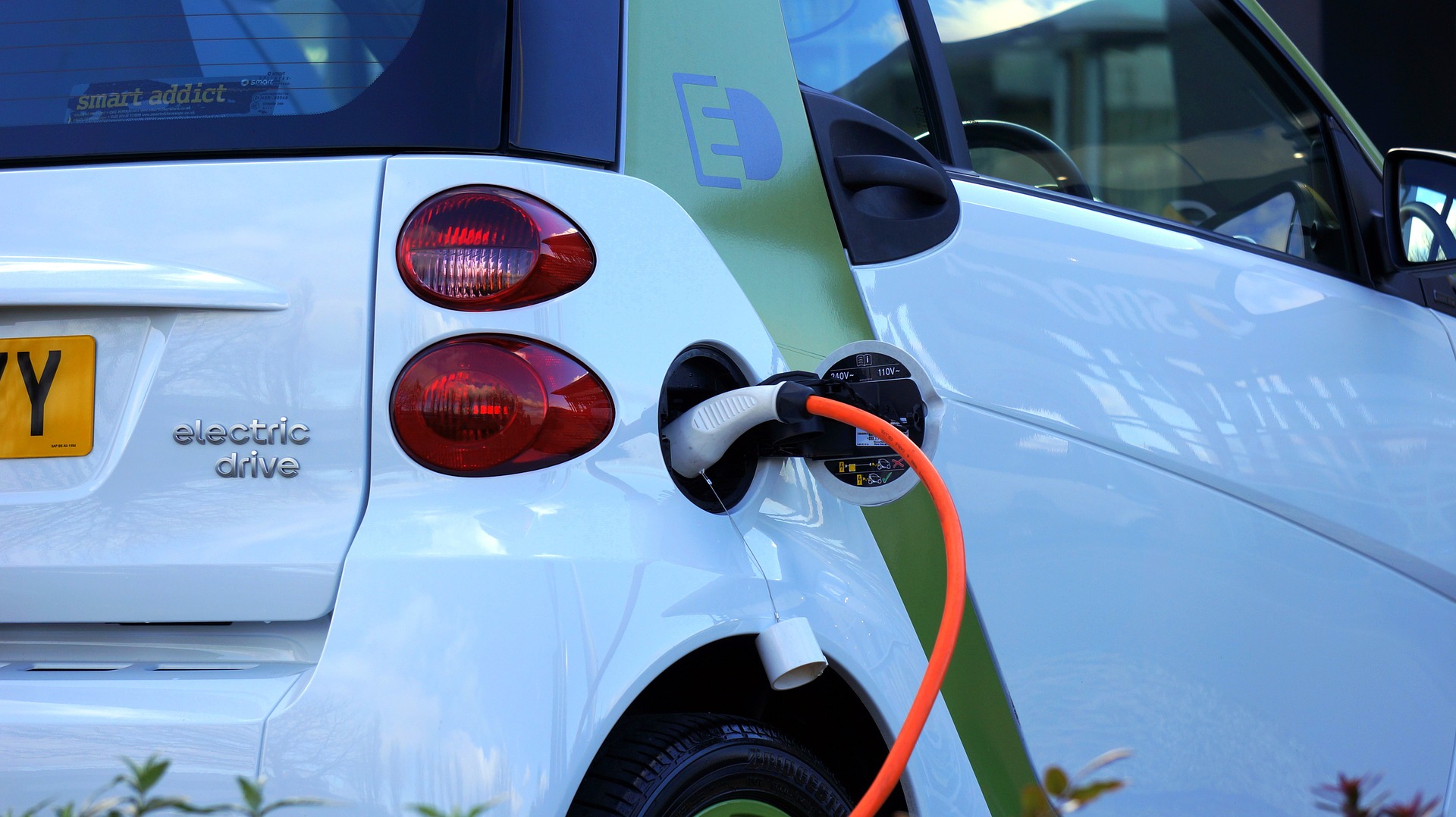
Those reserved amounts under separate categories, except the last one, have been further bifurcated over three years. Here’s how they look:
Demand Incentives:
- Fiscal 2019-20: Rs 822 crore
- Fiscal 2020-21: Rs 4,587 crore
- Fiscal 2021-22: Rs 3,187 crore
Charging infrastructure:
- Fiscal 2019-20: Rs 300 crore
- Fiscal 2020-21: Rs 400 crore
- Fiscal 2021-22: Rs 300 crore
Administrative Expenditure:
- Fiscal 2019-20: Rs 12 crore
- Fiscal 2020-21: Rs 13 crore
- Fiscal 2021-22: Rs 13 crore
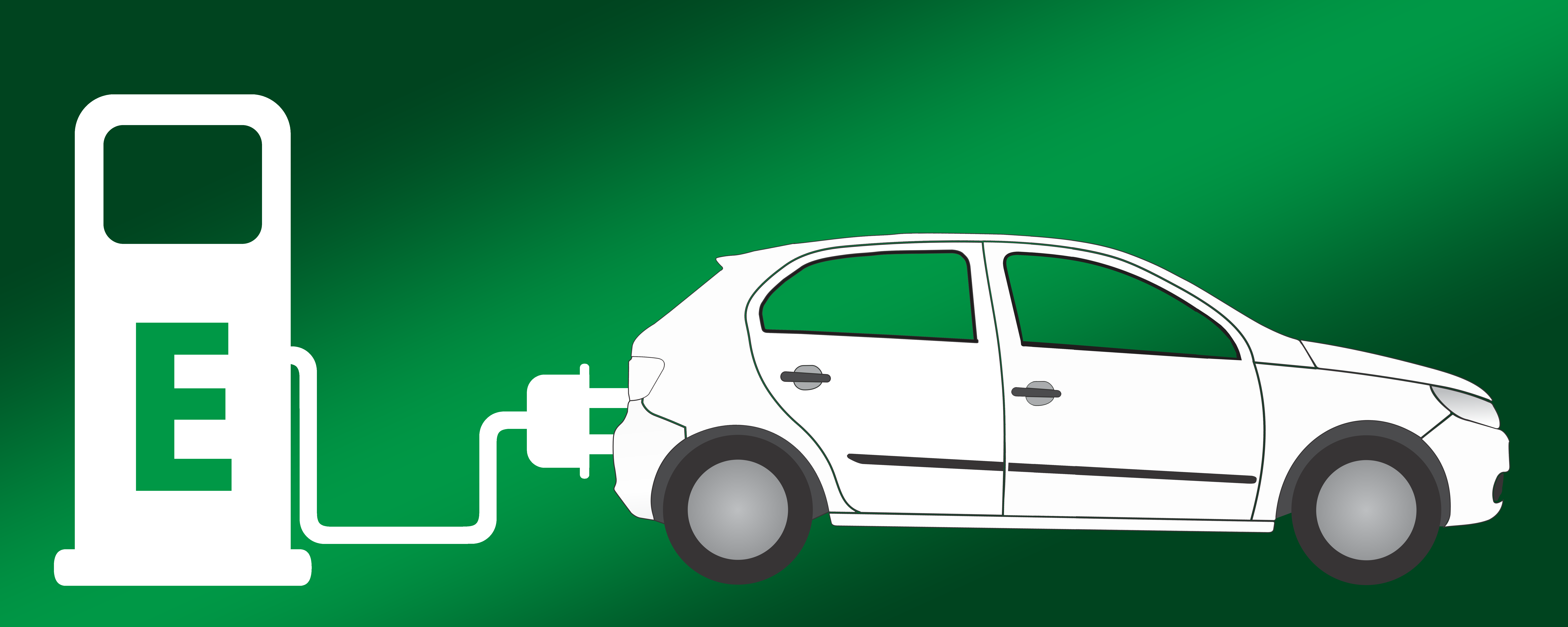
With those numbers out of the way, let’s look at how electrified cars stand to benefit from FAME II. There are three kinds of electrified cars which can avail incentives under the new scheme – battery-electrics, plug-in hybrids and strong hybrids. A total of 55,000 electrified cars will be covered under FAME II. Out the lot, a maximum of 35,000 can be battery-electrics and the remainder can be strong hybrids (including plug-in).
In order to avail incentives, the electrified cars need to have ‘Advanced Batteries’ in their package. A common example would be lithium-ion. An incentive of Rs 10,000/kWh has been defined for such cars. Obviously, there are a couple of catches. The incentive cap of 20 per cent of the cost of cars has been set. The maximum ex-factory price to avail incentive is Rs 15 lakh for all kinds of electrified cars.
For OEMs, the car needs to have a certain percentage of localised content. Additionally, every kind of electrified car should have at least a three-year comprehensive warranty including that of the batteries. The manufacturer should also have adequate facilities for after-sales service in place. That’s not all. The guidelines also state that all electrified cars should have monitoring devices which not only calculate the mileage but also determine total fuel savings on a real-time basis. Lastly, to indicate that a vehicle has been purchased under the FAME II scheme should a display sticker.

As far as setting up widespread charging infrastructure, the government will be counting on the active participation of stakeholders including government agencies, industries as well as PSEs (Public Sector Enterprises). Depending on the project proposals for setting up charging stations, funding of up to 100 per cent will be available under FAME II. One of the scheme parameters also reads that projects for charging infrastructure will also cover projects required for extending electrification via pantograph charging, flash charging etc. Also, the scope of inter-linking of renewable energy sources with charging infrastructure, smart grid, use of ICT etc, will be bolstered.
To ensure the effective implementation of FAME II over the three-year period, all conditions and parameters will be revised based on the pertaining market and technology changes. You can see why that makes sense. The idea is to grow with the times and help as many people as possible on the road.

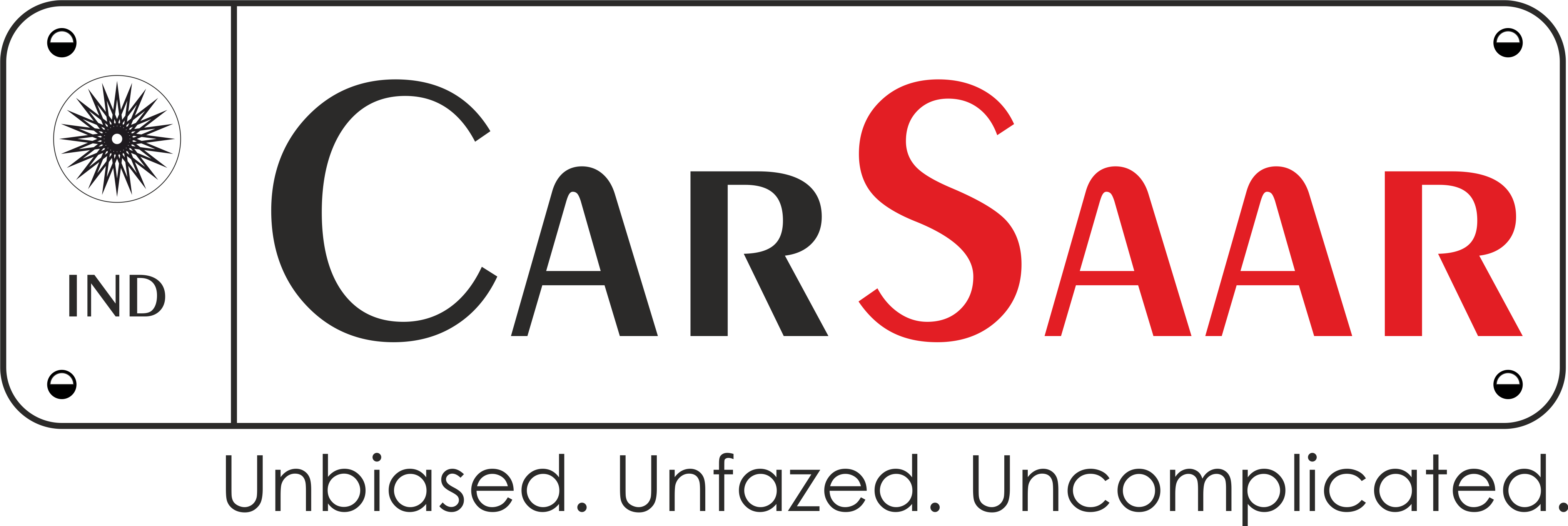
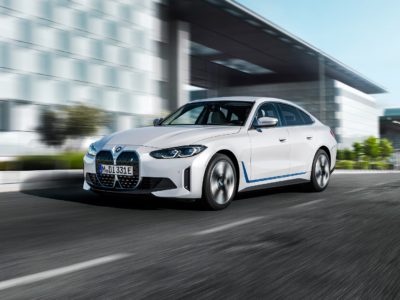
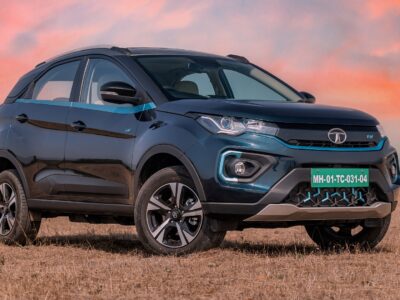
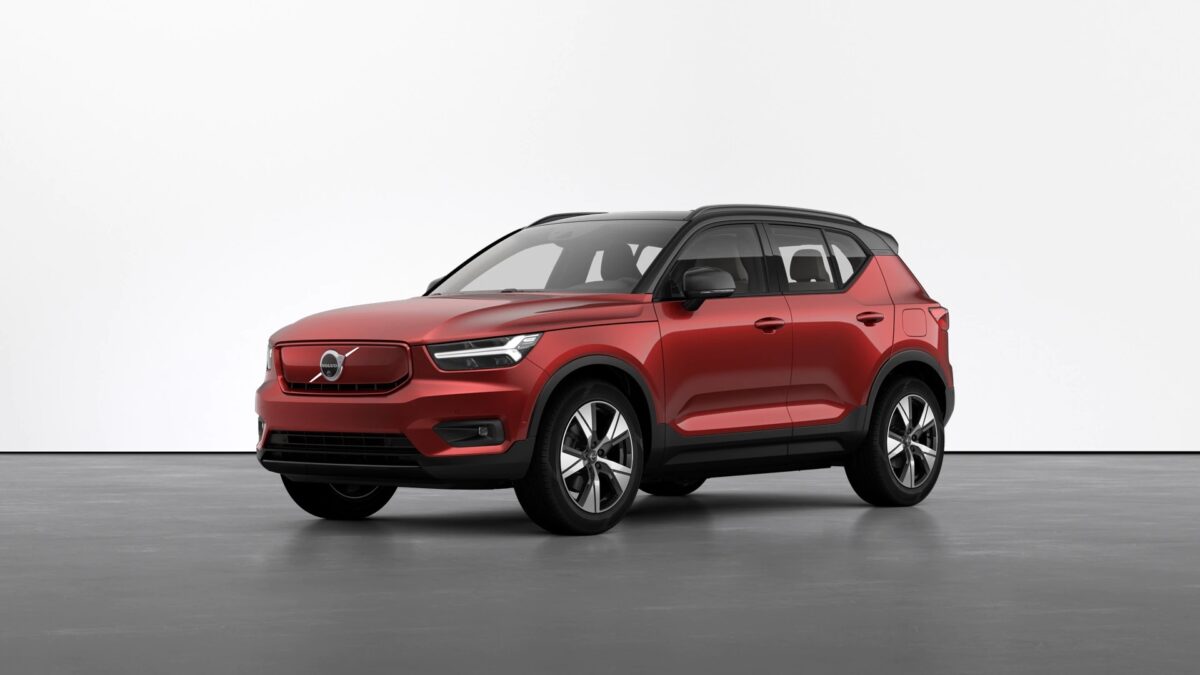
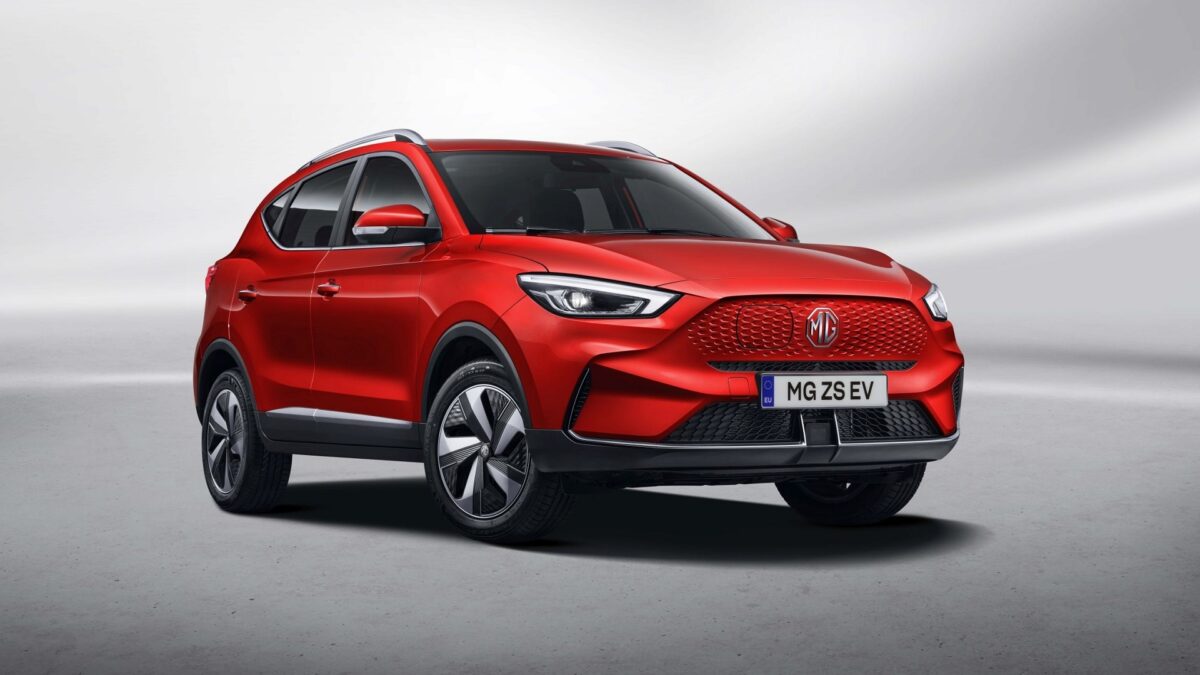
Considering the options available, the only cars we can get a subsidy on are the Mahindra e2oPlus and the Mahindra eVerito. The Tata Tigor EV is still reserved for fleet services and we can’t purchase one as a personal vehicle.
The rest are way too expensive to be eligible for any sort of subsidy under FAME II.